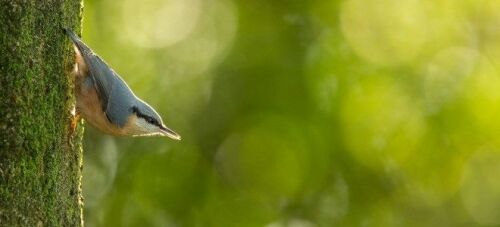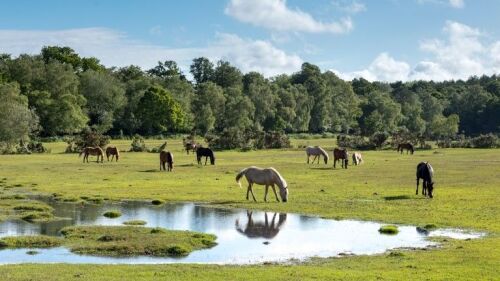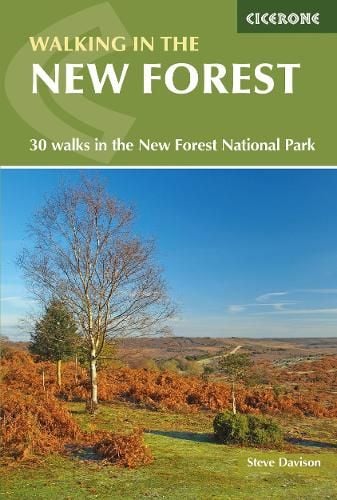World Wetlands Day is 2 February
Posted on
|
Back in 1971 on 2 February, the Convention on Wetlands was adopted in the Iranian city of Ramsar which sits on the shores of the Caspian Sea Today, the 2nd February is a really important day for people and wildlife, because it’s a chance to highlight how important wetlands are to us all. They are where land meets sea. The 2nd February is World Wetlands Day. And in 2024, the theme is Wetlands and Human Wellbeing - if we all understood how important wetlands are to our wellbeing, it will help motivate everyone to care for them and protect them. Join#GenerationRestoration #ForWetlands
Wetlands cover areas such as shores, estuaries, mudflats, floodplains, coastal marshes, local ponds, the bog and pond in your garden, mangrove swamps, seagrass beds, and rivers. They cover a very small of the earth’s surface – and yet they are one of the most important habitats on our planet. WWT has lots of information about these areas - you can click to see it here.
Why wetlands matter to people:
Please sign the pledge...and help the Wildfowl and Wetlands Trust push for the creation of 100,000 hectares of healthy wetlands in the UK to help fight the wellbeing, climate and nature crises. Why do wetlands matter to wildlife? 40% of all plant and animal species live or breed here. They are vital breeding and feeding grounds for migratory birds – stopover points, if you like. Banc d’Arguin National Park (Mauritania) is one of the most important zones in the world for nesting birds and Palearctic migratory waders, Migratory Bird Sanctuaries along the Coast of Yellow Sea-Bohai Gulf of China (Phase I) (China). These birds use wetlands such as our coastlines to stop, moult, rest, winter or nest. Pantanal Conservation Area (Brazil) is one of the world's largest freshwater wetland ecosystems. Sundarbans National Park (India) is formed of tidal rivers, creeks and canals and supports species such as the single largest population of tiger, and aquatic mammals such as the Irrawaddy and Ganges River dolphins, all under threat. Mud, mud, glorious mud So what’s happening to wetlands in our changing world? A recent global IPBES assessment identified wetlands as the most threatened ecosystem. This impacts 40% of the world’s plant and animal species that live or breed in wetlands. The official website of World Wetlands Day says "we need to revive and restore degraded wetlands". 35% of the world’s wetlands have disappeared in the last 50 years Our wetlands are threatened by:
So what can we all do to help wetland conservation? WWT can create new wetlands in a few months and years – so your support can really make a difference quickly. But there’s something we can all do to help and you’ll find more links and further resources further down.
Further Resources World Wetland Network – a collection of NGOs and Civil Society Groups all working for wetland conservation Wetland Link International – a support network for wetland education centres which deliver engagement activities on site. The WWT in the UK lead it; it has 350 members over 6 continents! RAMSAR – The Convention on Wetlands is an intergovernmental treaty which provides the framework for national action and international cooperation for the conservation and wise use of wetlands and their resources. World Wetlands Day – held every year on 2 February to raise awareness of the importance of wetlands and how we can all help WWT – the Wildfowl and Wetlands Trust in the UK. Visit one of their 10 sites around the UK and/or visit their website to see how you can get involved. The Global Wetland Outlook – take a look, it’s fascinating reading |


